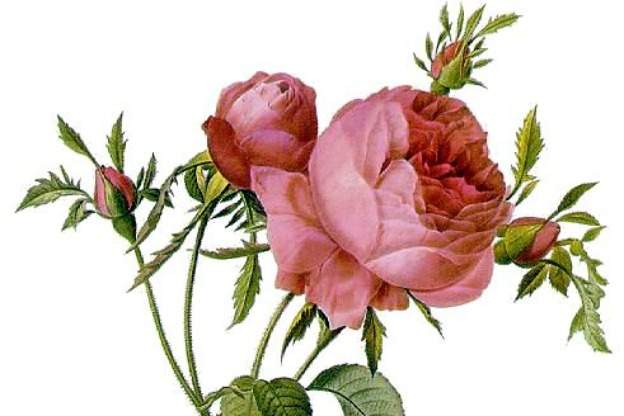
Art historians refer to the years from 1750 through 1850 as the Golden Age of Botanical Art.
One of the most revered artists of this period was Pierre-Joseph Redoute, who was born in Belgium. In 1782 he went to Paris and painted plants in the gardens of the French Court. His patrons included Marie-Antoinette, and after her untimely death, he painted the roses in the gardens of the Empress Josephine. She had the most splendid rose gardens of her time. We sometimes, even today, see notepaper and greeting cards with pictures of Redoute's paintings of gorgeous roses.
Other painters of this period were the brothers Ferdinand and Franz Bauer from Austria. Ferdinand traveled to Greece and Australia to plant native flora, and Franz spent his time painting exotic flowers in the gardens and greenhouses at Kew in England.
During this period there were great advances in the techniques available to reproduce botanical art-in fact, all artwork. Painters were able by then to use metal engraving, etching, and color lithography. So pictures of flowers could be reproduced in books and other publications, and thus disseminated. Of course, it was still an expensive process, but painters could at last share their work beyond their patrons and inner circles.









